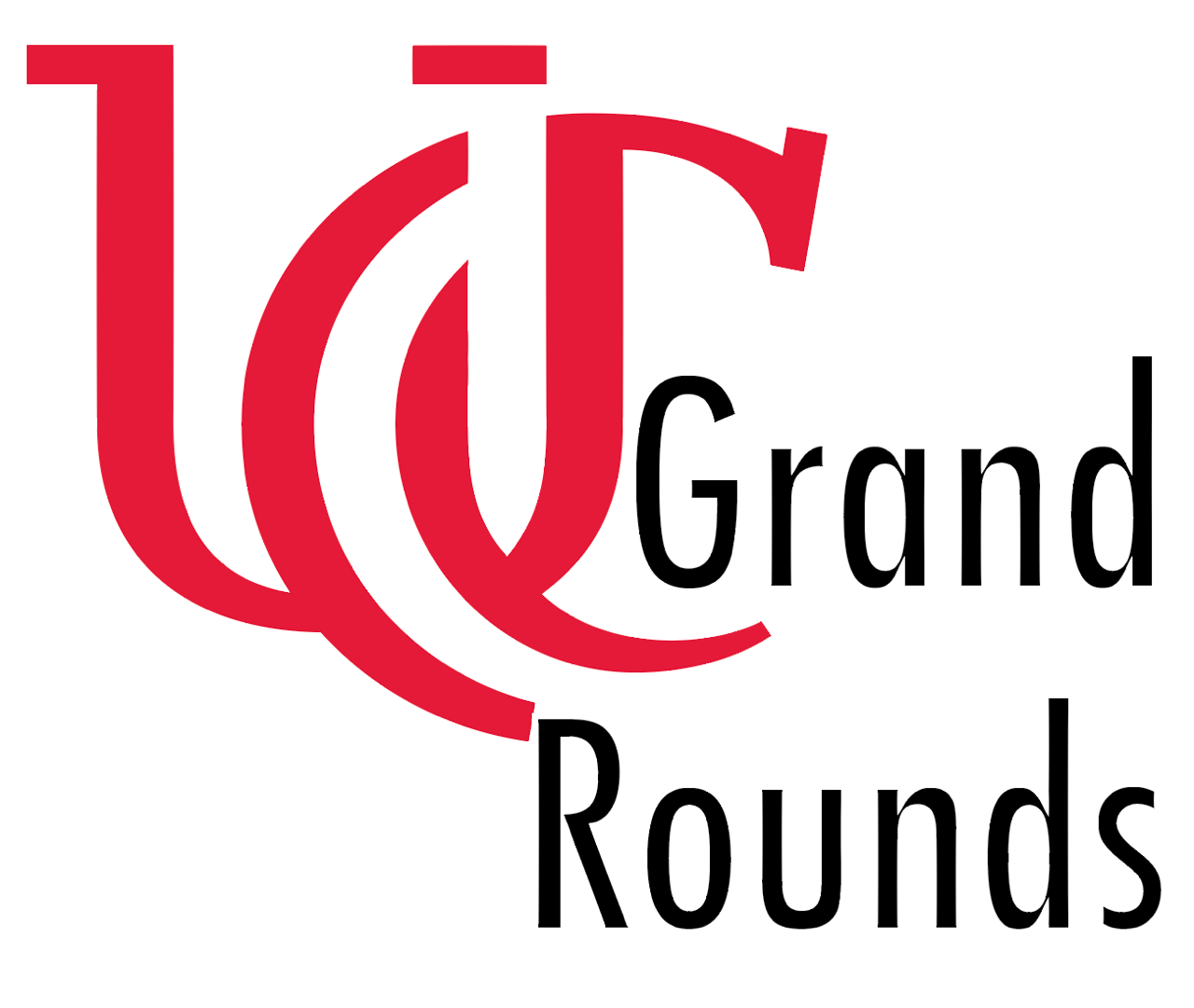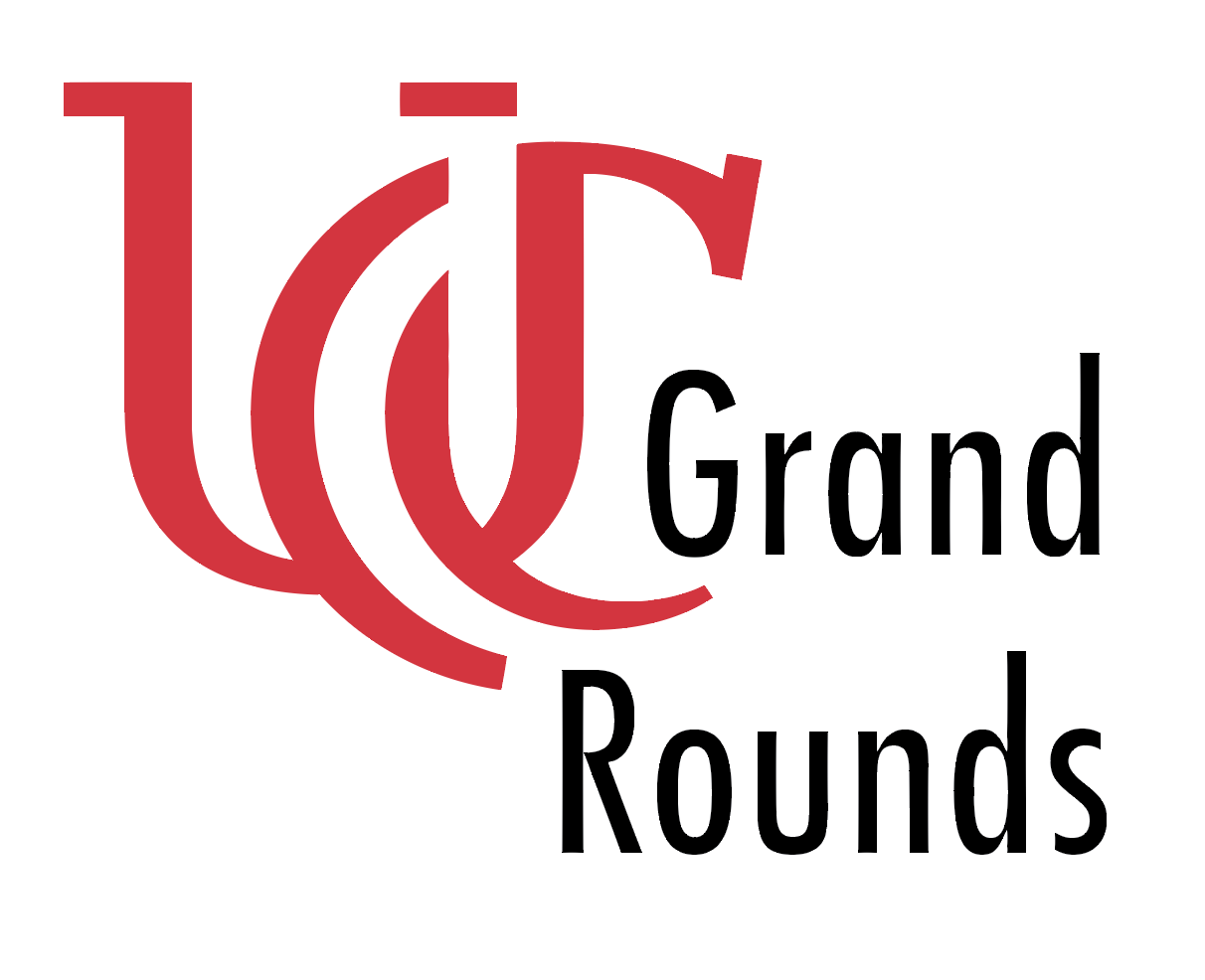Liver Function Tests Decoded
/If the chief complaint of your patient is abdominal pain, altered mental status, overdose, generalized weakness chances are you at least considered ordering a hepatic panel. In fact, studies show that the hepatic panel is the third most common laboratory test ordered in the emergency department only behind the CBC and renal panel. If emergency medicine physicians are so quick to order this test, it is important to also know how to interpret all the little red arrows that often accompany your results. For this we will review each component and even (wait for it) … a little biochemistry!
Read More


















